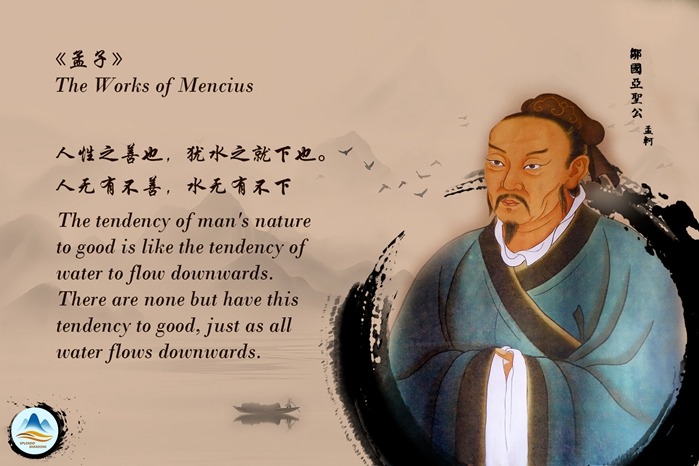Compass, code and consensus: Forging stability in the South China Sea


Recently, discussions surrounding the Code of Conduct (COC) in the South China Sea and the establishment of the order have generated diverse opinions within some ASEAN countries and the international community. Some argue that claimant states should negotiate rules applicable among themselves.
While others suggest that certain ASEAN nations could draft a set of rules without China's involvement. There are also proposals for ASEAN to reach a consensus on its own version of the rules before negotiating with China.
Additionally, some believe that after formulating its rules, ASEAN could invite countries like China, the United States, Japan and Australia to sign them. Meanwhile, analysts note that ASEAN's enthusiasm for accelerating COC negotiations has waned compared to previous years, making future talks uncertain. In light of these views and the misunderstandings they reflect, the author believes it is essential to clarify several key points.
The DOC: The compass guiding the COC
Signed in 2002 by China and the ten ASEAN member states, the Declaration on the Conduct of Parties (DOC) in the South China Sea is no mere relic; it is the polestar of South China Sea dispute management. This pioneering multilateral political document captures the collective will to foster peace, stability and cooperation, steeped in the East Asian spirit of mutual respect, consensus and sensitivity to each party's comfort. It pledges signatories to resolve disputes peacefully, exercise self-restraint to avoid escalation, and pursue cooperative ventures like marine conservation and navigation safety.
More crucially, it sets the COC as a goal—an organic extension of its vision.
The COC's legitimacy and direction flow directly from the DOC. To judge the COC by the shifting sands of individual interests rather than this shared benchmark is to set it adrift. Without the DOC's moorings, negotiations risk veering off course, yielding a COC that is hollow—a paper ship unable to weather real storms. The DOC is not optional; it is the foundation ensuring the COC is substantive, effective and workable.
Crisis management: The COC's true north
The COC is not a cartographer's tool to redraw disputed boundaries but a captain's log for managing turbulent seas. China and ASEAN's "dual-track approach" charts this course: specific disputes are for the directly involved to navigate through friendly talks, while the broader task of maintaining peace falls to China and all ASEAN nations combined. The COC's role is to lay down the rules of the road—norms and mechanisms to prevent collisions and, should they occur, to douse the flames before they spread. On one hand, the COC's function is not to adjudicate territorial claims or maritime boundaries but to provide rules to ensure disputes do not escalate into conflicts. For example, it could establish mechanisms for rapid communication during maritime incidents or outline steps for handling emergencies. On the other hand, the COC should not legitimize any unlawful actions, such as occupying disputed areas. Its purpose is to maintain peace and manage problems, not to determine the merits of the disputes.
It is crucial to note that the COC should not be used by any party as a backdoor to legitimize the invalid South China Sea arbitration ruling. China has consistently maintained that the arbitration, initiated unilaterally by the Philippines in 2013, violates international law and the principle of state consent. The ruling, which China neither accepts nor recognizes, cannot serve as a basis for any provisions in the COC. The COC's focus must remain on establishing practical mechanisms for dispute management and confidence-building, rather than attempting to prejudge or resolve the underlying sovereignty and maritime delimitation issues. Any effort to incorporate elements of the arbitration ruling into the COC would undermine its credibility and acceptability, potentially derailing the entire negotiation process.
Furthermore, claimant states must not attempt to use the COC as a mechanism to entrench the illegal arbitration ruling as a fait accompli. Such actions would contravene the spirit of mutual respect and consensus that underpins the COC negotiations. The arbitration ruling lacks legitimacy due to its unilateral initiation and failure to adhere to the DOC's emphasis on bilateral negotiations. Allowing it to influence the COC would not only alienate China but also jeopardize the trust necessary for effective regional cooperation. The COC must remain a forward-looking tool for stability, untainted by past unilateral maneuvers.
China-ASEAN: Co-captains of stability
The COC must be the main bridge and harbor where China and ASEAN members jointly anchor peace, not a unilateral raft launched by one side. The South China Sea's quarrels are not a monolithic China-ASEAN feud but a mosaic of bilateral tiffs with individual claimant states. ASEAN, as a regional body, should broker dialogue, not pick sides in territorial spats. If some ASEAN members were to craft a code without China, it would shatter the DOC's spirit and the COC's original intent, risking a rerun of past provocations—like attempts to seize the islands and reefs of Nansha Qundao—met with China's resolute countermeasures.
External powers, like the United States, cast long shadows with their Freedom of Navigation Operations. While they claim to uphold open seas, such moves can stoke embers of tension if seen as meddling. Their role should be constructive—supporting safety, not sowing discord—never infringing on regional rights or fanning flames. The COC must be a homegrown vessel, not a foreign flagship.
Beyond UNCLOS: The UN Charter as beacon
UNCLOS is a vital sextant for maritime matters, but it cannot navigate the South China Sea's deeper currents alone. The COC must also hoist the United Nations Charter's banner, the bedrock of the post-World War II order. The Charter's principles—sovereign equality, territorial integrity and peaceful dispute resolution—illuminate the territorial heart of these disputes, which UNCLOS leaves uncharted. China's claim to the South China Sea islands, cemented by the Cairo Declaration and Potsdam Proclamation, is a cornerstone of that order. Territorial sovereignty, governed by international law on acquisition, must be resolved before maritime lines are drawn. The COC, then, should reflect the Charter's light, ensuring respect for sovereignty and peaceful talks, not bending to pressures that sidestep these fundamentals.
The COC must sail on even waters, applying equally to all aboard. Too often, when storms brew, fingers point solely at China, casting the COC as a net to snare its actions alone. Some skeptics even whisper that no code could bridle China's course. This misreading is a squall of its own. Whether a binding treaty or a political pact, the COC must balance obligations and rights across all parties—no favoritism, no double standards. It cannot enshrine illegal claims, like those from the discredited South China Sea arbitration, which China rejects outright.
Equality ensures trust. If legally binding, the COC binds all parties; if political, it must still reassure both China and ASEAN that their voices are heard. A lopsided code is a leaky hull—doomed to sink under mistrust.
Ding Duo, director of the Center for International and Regional Studies, National Institute for South China Sea Studies.
The views don't necessarily reflect those of China Daily.
If you have a specific expertise, or would like to share your thought about our stories, then send us your writings at opinion@chinadaily.com.cn, and comment@chinadaily.com.cn.


































